Rekindling the Indo-US bromance
Whether Trump and Modi will be able to boost regional connectivity to outdo BRI investments remains to be seen.

Prime Minister Modi was the fourth world leader to visit the White House this past week, after President Trump's landslide victory in the recent American elections. South Asia watchers paid close attention to whether the leaders of the largest democracies in the world would be able to rekindle their bilateral relationship amidst the currently chaotic and fast-evolving geostrategic landscape, which is now being reshaped by a more transactional and punitive American approach to foreign policy.
The American imperative to forge closer strategic ties with India to gain more access to its burgeoning market, and to offset growing Chinese influence in Asia, has seen American Presidents including Obama, Trump and Biden repeatedly roll out the red carpet for Modi, who has now been in power for three consecutive terms.
Modi managed to develop a special bond with Trump 1.0 - described as a budding 'bromance'. Trump has used his personal connection with Modi to woo the American-Indian vote. Modi, on the other hand, also got an image boost due to his "special relationship" with the president of the most powerful county in the world.
Modi and Trump have much in common. They have both harnessed majoritarian sentiments to assume power, and they both represent powerful vested interests which bet on big business to deliver top-down growth. President Trump made no waves when he went to India in 2020 amidst the harsh crackdown on protests against anti-Muslim citizenship legislation enacted under Modi's previous tenure. And the majoritarian ideology of the BJP is not something that will prevent the two countries deepening their strategic embrace this time around either.
During their interaction with the press, Modi said he wants to make 'India great again' (MiGA), and in partnering with Trump's efforts to 'Make America great again' (MAGA), he called for a 'mega-partnership' between their two nations.
However, the deportation of Indian illegal migrants, and the US decision to impose reciprocal tariffs on India remained major issues for the two leaders to contend with during their latest meeting. While Modi was quick to agree to taking back Indian deportees from America, he did try to push back against Trump's plans to use punitive trade measures against India. Trump does seem willing to renegotiate trade terms, if it can lessen the bilateral trade deficit, which is currently in India's favour. Trump wants to increase US energy exports to India and ramp up defence cooperation, which could also pave the way for India buying the exorbitantly priced advanced F-35 fighter jets. Like his predecessor, Trump also wants to create parallel infrastructure to rival China's BRI. He wants to work closely with India to make major investments in ports, railways and undersea cables running from India to Israel and Europe and beyond which would be "one of the greatest trade routes in all of history".
Whether Trump and Modi will be able to boost regional connectivity to outdo BRI investments remains to be seen. China's growing global footprint has already seen smaller South Asian states struggle to maximise national benefits by oscillating between bolstering ties with China and India. Pakistan, however, is much more uneasy about India's growing relations with the US, at a time when its own bilateral relations with the US have withered.
The US is unlikely to want to make significant investments in Pakistan, especially now that the US is no longer in Afghanistan, and is suspicious of Pakistan's increased reliance on China. Pakistan could provide the US a less confrontational arena for great power collaboration, which would be an alternative pathway for contending with Chinese influence in South Asia, rather than trying to prop up India as a regional bulwark against China. However, given the lack of efforts on the part of Pakistan to create opportunities for the US to work with China in Pakistan, we are likely to see the US tighten its strategic embrace of India under Trump, which may compel Pakistan to increase its reliance on China.

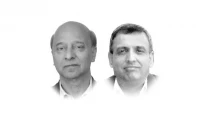






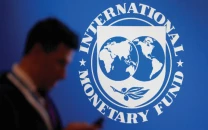
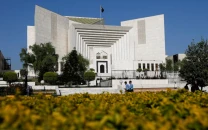
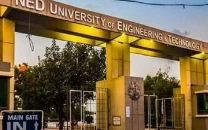
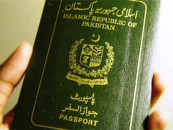


COMMENTS
Comments are moderated and generally will be posted if they are on-topic and not abusive.
For more information, please see our Comments FAQ